Expo Area of Acient Kiln & Folk Cultures in Jingde
Jingdezhen Ancient Kiln Folklore Expo Area, located in Fengshu Mountain and Panlonggang, Changjiang District, Jingdezhen City, Jiangxi Province, covers an area of 83 hectares. It is a cultural tourist attraction integrating cultural exposition, ceramic experience, entertainment and leisure. It is the only national tourist attraction with ceramic culture as its theme.
The main attractions of Jingdezhen Ancient Kiln Folklore Expo Area are ancient kiln exhibition area, ceramic folk exhibition area and creative recreation area of Waterfront Street. In April 2013, Jingdezhen Ancient Kiln Folklore Expo won the honorary title of "National AAAAA Class Tourist Scenic Spot".
Jingdezhen Ancient Kiln was built in the Five Dynasties and developed continuously after the Song, Yuan, Ming and Qing Dynasties.
In 1980, the construction of Jingdezhen Ancient Kiln Folklore Expo began. The government decided to centralize the protection of some ancient kilns, workshops and buildings scattered in the urban areas, forming a cultural tourism scenic spot covering 83 hectares, integrating cultural exposition, ceramic experience and entertainment and leisure.
In 2004, Jingdezhen Ancient Kiln Folklore Expo Area was rated as AAAA class tourist attraction by the National Tourism Administration.
On November 30, 2011, Jingdezhen Ancient Kiln Folklore Expo launched the ceremony of creating a national 5A tourist attraction.
In April 2013, Jingdezhen Ancient Kiln Folklore Expo was promoted to "National AAAAA Class Tourist Scenic Spot".
In June 2015, Jingdezhen Ancient Kiln Folklore Expo Area was awarded the National Science Popularization Education Base.
On June 11, 2016, construction of the Jiangxi Pavilion of the World Expo and the twin kiln of the Lion Kiln of the Qing Dynasty began.
Jingdezhen Ancient Kiln Folklore Expo Area is located in Fengshu Mountain Panlonggang, Changjiang District, Jingdezhen City, No. 1 Ancient Kiln Road, Porcelain Capital Avenue, covering an area of 83 hectares. It is adjacent to Jingdezhen College and Yilong Hotel.
The scenic area is divided into three major areas: ancient kiln exhibition area, ceramic folk exhibition area and creative recreation area of Shuiquan Qianjie.
There are ancient porcelain workshops, the world's oldest production line, Qing Dynasty town kilns, Ming Dynasty gourd kilns, Yuan Dynasty steamed bread kilns, Song Dynasty dragon kilns, Fenghuo Xianshi Temple, porcelain shops and other scenic spots in the exhibition area of ancient kilns. The process of Jingdezhen hand-made porcelain in Ming and Qing Dynasties and traditional famous porcelain products.
There are twelve ancient buildings of Ming and Qing dynasties in the exhibition area of ceramic folklore, including the exhibition of ceramic folklore, the Tianhou Palace, the promenade of ceramic tablets, and the performance of porcelain music on the water stage.
In the creative recreation area of Shuibian Qianjie, there are creative leisure landscape of porcelain culture such as Changnan interrogation porcelain, Changnan wharf, Tinghe Taoyan, Qianjie present life, wood-ceramic front, etc.
Jingdezhen International Ceramic Festival
Every mid-October, Jingdezhen International Ceramic Festival is held in Jingdezhen. During the festival, trade talks and exhibitions of fine ceramics will be held.
Ancient kiln complex firing
On March 18, 2015, at 15:18, the Ming Dynasty gourd kiln ignited kiln in Guyao Folklore Expo Area, which was the first kiln firing in 2015. Since March 2015, ancient kilns have been burned regularly every month. Visitors to the ancient kiln will have more chances to watch Chai kiln firing porcelain, and enjoy the grand occasion of opening the kiln and exporting the porcelain on the weekend.
By the end of 2015, the Qing Dynasty town kiln, Ming Dynasty gourd kiln, Yuan Dynasty steamed bread kiln, Song Dynasty dragon kiln, Ming and Qing Dynasty imperial kiln in the Qing Dynasty, Longguan kiln, Fenghuo kiln, one by one, successfully reburned.
Porcelain Fair
On October 11, 2015, the Porcelain Fair was held in Jingdezhen Ancient Kiln Folklore Expo Area. There were three activities in the Porcelain Fair. First, the bronze statue of the kiln prodigy Bin opens at 09:00 a.m. to bless the potters of all ages; second, the 10:38 Zhimeixuan Ceramic Exhibition Hall opens a treasure house of knowledge; third, the 11:18 Ming and Qing dynasties use the wind-fired kiln to open the kiln and light the Millennium kiln fire.
Porcelain performance
Every day, there are performances by the "Porcelain Sound Water Elysees" Porcelain Orchestra from Monday to Friday (six performances): 9:30-9:50, 10:20-10:40, 11:10-11:30, 14:00-14:20, 14:50-15:10, 15:40-16:00;
From Saturday to Sunday: (four games) 9:30-9:50, 10:20-10:40, 11:10-11:30, 14:00-14:20.
Tourism information
traffic
The scenic spot is about ten minutes away from the airport, the high-speed intersection and the railway station.
Train
Jingdezhen Railway Station has 22 train flights, which can go directly to Kunming, Nanjing, Guangzhou, Taizhou, Shenzhen, Fuzhou, Beijing, Xiamen, Hefei, Qingdao, Shanghai and other places.
aviation
There are six domestic flights in Jingdezhen, which are to Beijing, Guangzhou, Shanghai, Shenzhen, Xiamen and Chengdu.
Self driving
1. Jingdezhen West Yingbin Avenue West Passenger Station right turn Porcelain Capital Avenue Kaimenzi Hotel oblique opposite right turn into Guyao Folklore Expo Area.
2. Jingdezhen North Jinling Avenue Amethyst Road Xishan Road Turn left on Porcelain Capital Avenue Kaimenzi Hotel Turn left into Guyao Folklore Expo Area.
Internal traffic
Take Bus No. 2, No. 5 and No. 9 in the city and get off at the Ceramic History Expo Station.
guide
Scenic spot accommodation
There are not many five-star hotels in Jingdezhen. The price of three-star hotels is about 2300 yuan, while that of four-star hotels is about 6700 yuan.
Ticket information
Adults 95 yuan, student tickets 50 yuan; children under 1.2 meters in height are exempted from tickets; elderly people over 70 years old are exempted from tickets by their ID card and "senior citizen's preferential treatment card"; retired servicemen, disabled veterans, retired army cadres with valid certificates, disabled persons (level 1 and 2) with their disability certificates, can enjoy the exemption after registration.
Opening hours: 8:00-17:00
Address: No. 1 Guyao Road, Porcelain Capital Avenue, Jingdezhen City.
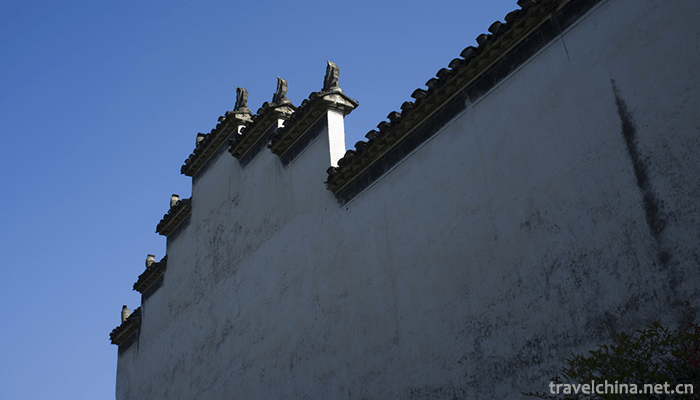




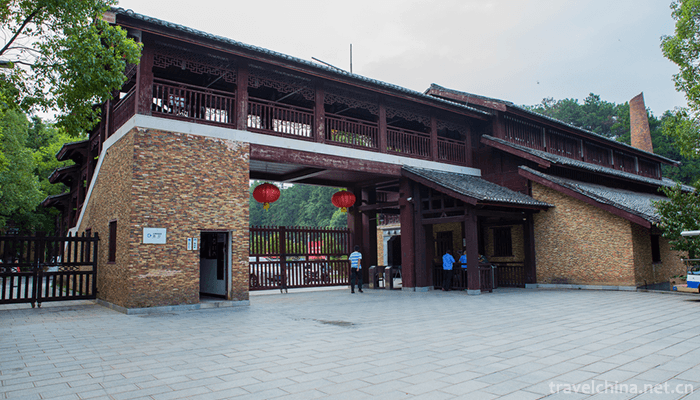


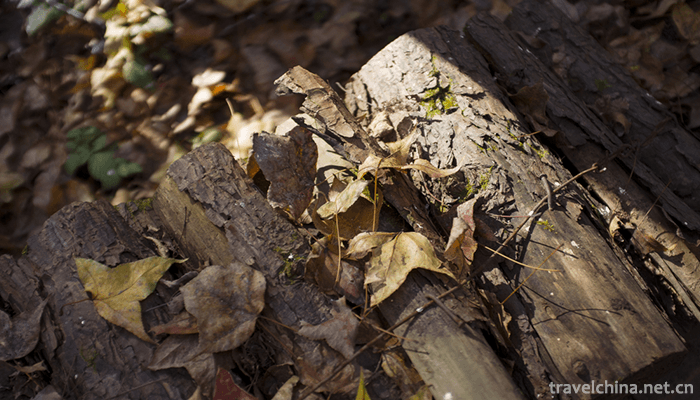
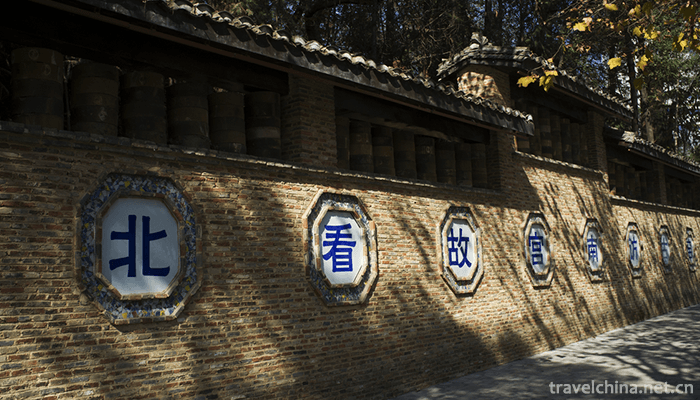
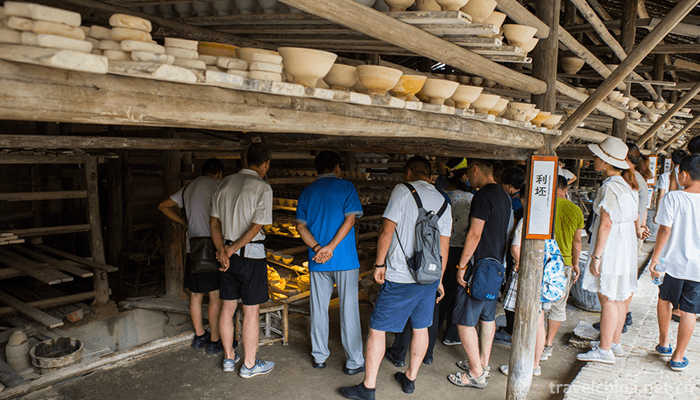
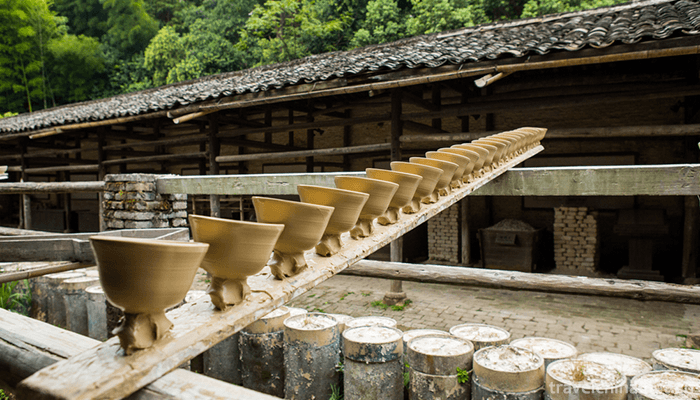
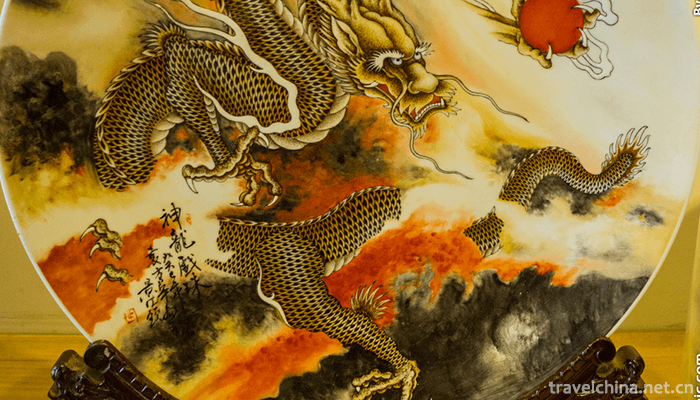
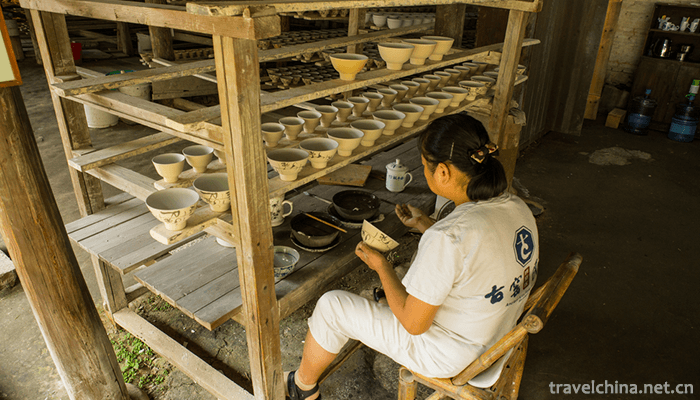
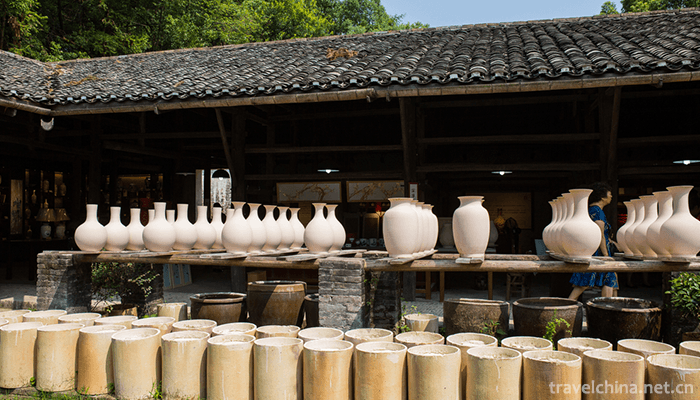


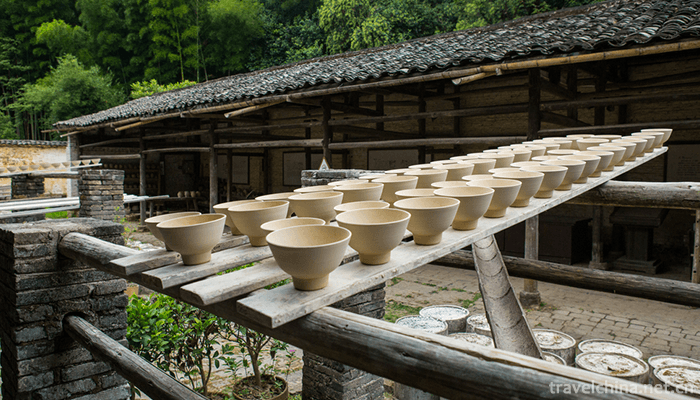
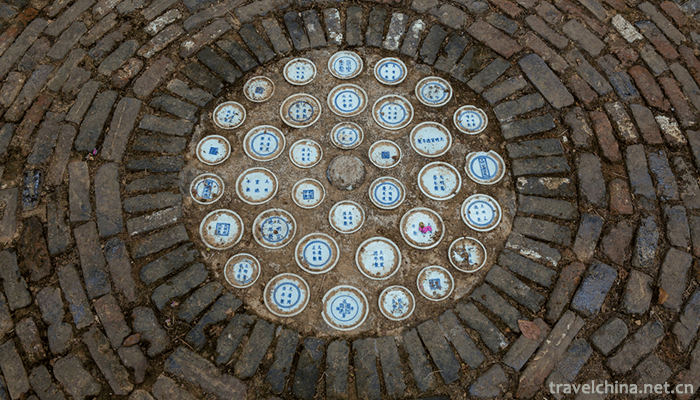
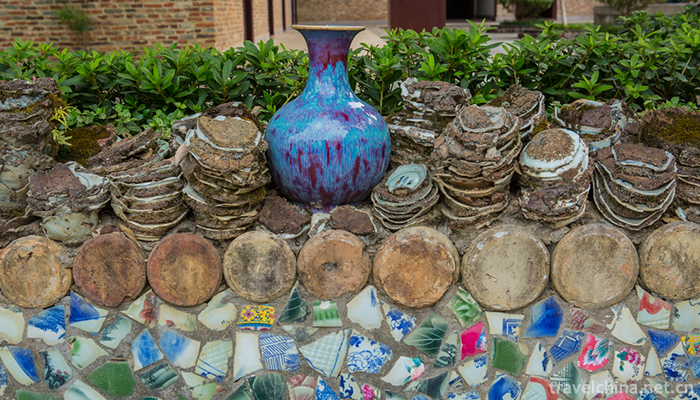
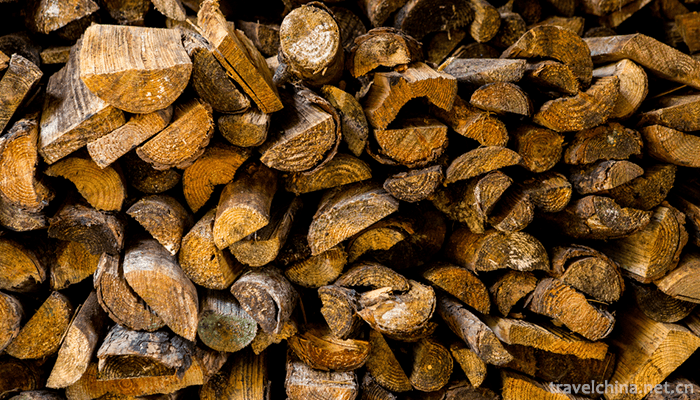
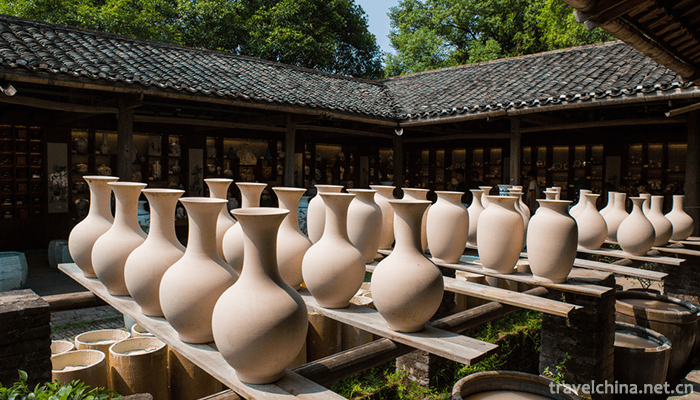

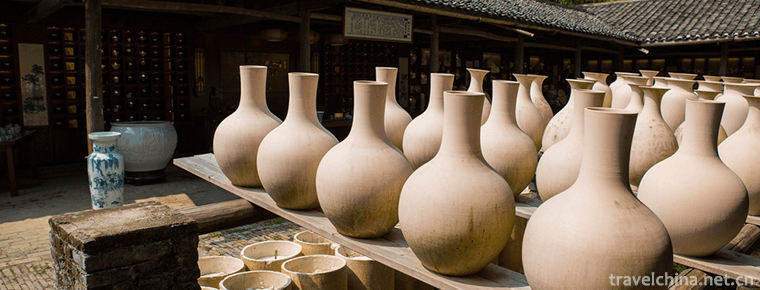
-
1.Wuhan Donghu Scenic Area
Wuhan Donghu Eco-tourism Scenic Area, referred to as Donghu Scenic Area, is located in the central city of Wuhan, Hubei Province. It is a national 5A-level tourist attraction, a demonstration site of
Time 2018-12-12 -
2.the Gubeikou Great Wall
The ancient Beikou Great Wall is the most complete Great Wall system in the history of China's Great Wall. It consists of the Great Wall of the Northern Qi Dynasty and the Great Wall of the Ming Dynas
Time 2019-01-12 -
3.Totem Road
The ancient totem road is located in Yangshuo's famous "Shili Gallery". Not far from Guilin, the scenic spot exhibits primitive life scenes such as stone tools, pottery, natural totem pillar
Time 2019-02-22 -
4.Xingtai Grand Canyon Tourist Area
Xingtai Grand Canyon is a national AAAA scenic spot, a national key scenic spot and a national geological park of China. It is located in Hejiaping Village, Luozhen, Southwest Road
Time 2019-02-26 -
5.Gulin lantern
Gulin lanterns, centered on Gulin, are widely distributed in the middle reaches of Chishui River at the junction of Sichuan, Guizhou and Yunnan provinces.
Time 2019-05-01 -
6.Traveling Books in Ningbo
Ningbo Walking Book, originally known as "Lotus Document" or "Plough Document", is one of the traditional local operas in Ningbo, Zhejiang Province. Sing in Ningbo dialect. Ningbo
Time 2019-06-08 -
7.Uygur Dawazi
Dawazi is an ancient traditional acrobatic performing art of the Uygur people. "Da" means "hanging" in Uyghur, and "Wazi" means someone who likes to do something. The wor
Time 2019-06-26 -
8.Xunyang Folk Song
Xunyang Folk Song is one of the local folk songs in Xunyang County, Ankang City, Shaanxi Province. It has a long history, rich melodies, various types and different styles. Like other folk art forms,
Time 2019-07-09 -
9.Zhang Daqian
Zhang Daqian (Chang Dai-Chien, May 10, 1899 - April 2, 1983), formerly known as Zheng Quan, was renamed as yuan, Ji Yuan, Hao Da, alihao Dai Ju Shi, Xia Li Hong Kong people, Zhai Da Feng Tang. Sichuan
Time 2019-09-04 -
10.Chen Duxiu May Fourth leader
Chen Duxiu (October 9, 1879 -1942 May 27th), formerly known as "Qing Tong", the official name is "Sheng Sheng", "Zhong Fu", "Shi Shi". Anhui Huaining (now Anqin
Time 2019-09-07 -
11.Capital Normal University
Capital Normal University (Capital Normal University), World class discipline construction universities , Ministry of Education of the People's Republic of China And Beijing Municipal People's Governm
Time 2019-09-22 -
12.Shougang Institute of Technology
Shougang Institute of Technology ( Shougang Institute of Technology ), located in Beijing City Shijingshan District It is an engineering college founded mainly by the Ministry of education, mainly bas
Time 2019-11-27